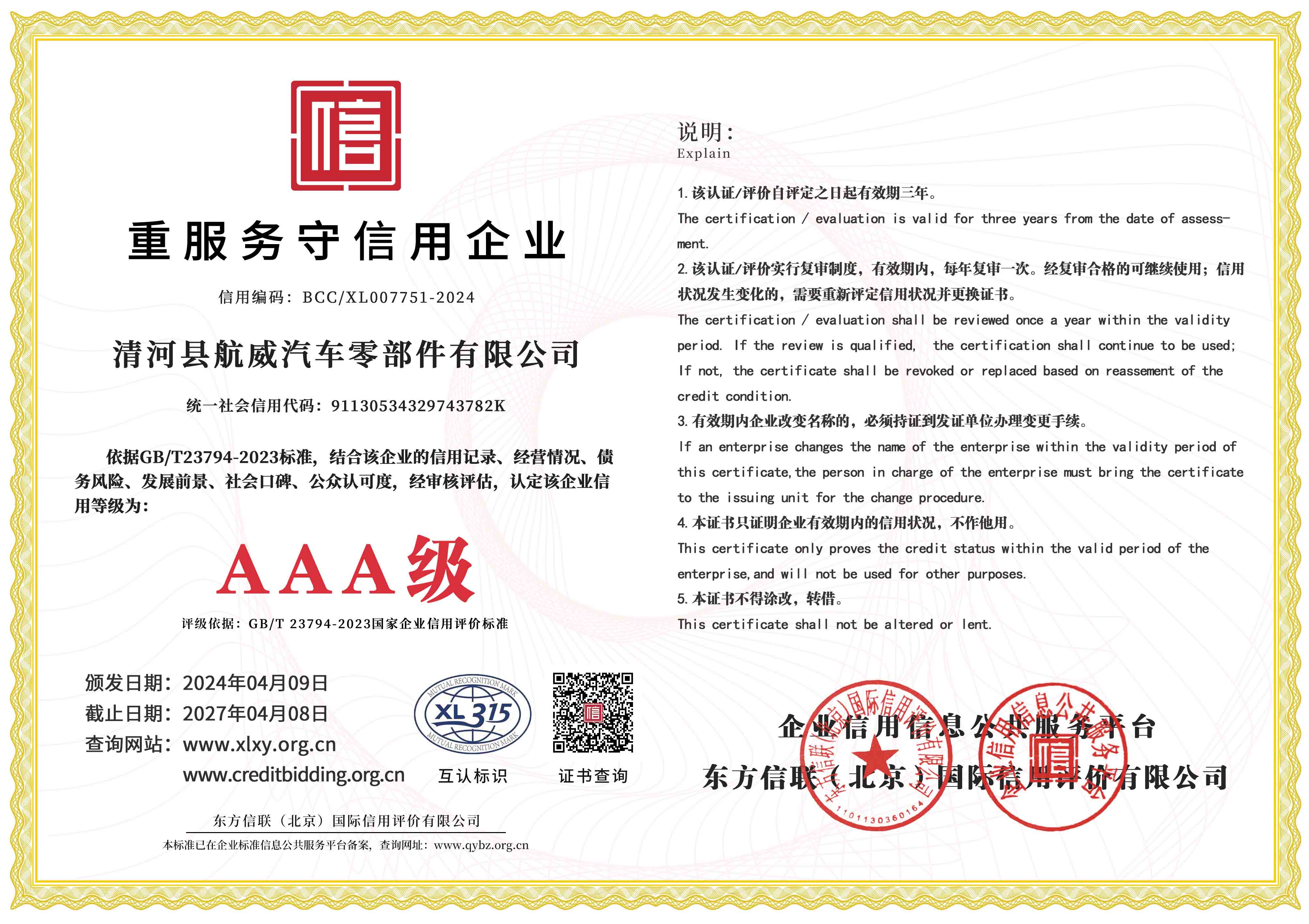clutch hose
Understanding Clutch Hoses Importance and Maintenance
The clutch system in a vehicle is vital for ensuring smooth gear transitions and overall driving performance. One often-overlooked component of this system is the clutch hose. This hose is crucial for transferring hydraulic fluid from the master cylinder to the slave cylinder, facilitating the disengagement of the clutch when the driver presses the pedal. Understanding the significance of clutch hoses and maintaining them properly can lead to improved vehicle performance and longevity.
What is a Clutch Hose?
A clutch hose, typically made from high-quality rubber or reinforced materials, is designed to withstand the pressures and temperatures experienced within the clutch system. It connects the master cylinder, which is operated by the clutch pedal, to the slave cylinder, which physically disengages the clutch when activated. The clutch hose must maintain its integrity under high pressure and provide consistent hydraulic performance.
Signs of a Failing Clutch Hose
Like other components, clutch hoses can wear out over time. There are several signs that might indicate a failing clutch hose
1. Soft or Spongy Clutch Pedal If the pedal feels unusually soft or spongy, it can indicate air in the hydraulic system, often a result of leaks or hose deterioration. 2. Fluid Leaks Puddles or spots of hydraulic fluid underneath the vehicle can signal a rupture in the hose. Regular inspections can help catch these leaks early. 3. Difficulty in Engaging Gears If the vehicle struggles to shift gears or experiences grinding noises, it can mean that the clutch is not properly disengaging due to insufficient hydraulic pressure.
clutch hose

Maintenance Tips
To ensure the longevity and effectiveness of the clutch hose, consider the following maintenance tips
- Regular Inspections Periodically check the clutch hose for signs of wear, such as cracks, bulges, or leaks. Early detection can prevent more significant issues. - Hydraulic Fluid Changes The hydraulic fluid should be changed according to the vehicle manufacturer’s recommendations. Contaminated fluid can lead to damage not only in the hose but also in the entire clutch system. - Keep an Eye on Pedal Feel Any changes in the clutch pedal’s feel should prompt an immediate inspection of the clutch system, including the hose.
Replacing the Clutch Hose
If a clutch hose has been compromised, it is essential to replace it promptly. Driving with a damaged hose can lead to complete clutch failure, resulting in significant repair costs and unsafe driving conditions. Replacing a clutch hose typically involves draining the hydraulic fluid, removing the old hose, and installing a new one, followed by a proper bleeding of the system to eliminate any air.
Conclusion
In summary, the clutch hose is a crucial element of a vehicle’s clutch system that deserves attention. Regular checks and maintenance can prevent significant issues, ensuring that the clutch operates smoothly and efficiently. By being proactive about the condition of the clutch hose, drivers can enhance their vehicle's performance and extend the life of their clutch system. Whether through inspections or timely replacements, taking care of this essential component is key to a reliable driving experience.
-
Workings of Clutch Pipe and Hose SystemsNewsJun.04,2025
-
The Inner Workings of Hand Brake Cable SystemsNewsJun.04,2025
-
The Secrets of Throttle and Accelerator CablesNewsJun.04,2025
-
The Hidden Lifeline of Your Transmission Gear Shift CablesNewsJun.04,2025
-
Demystifying Gear Cables and Shift LinkagesNewsJun.04,2025
-
Decoding Clutch Line Systems A Comprehensive GuideNewsJun.04,2025
